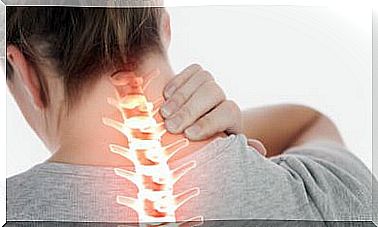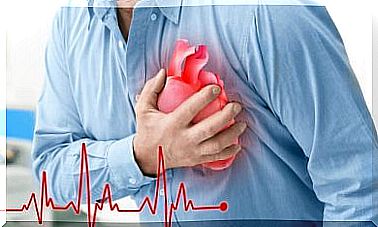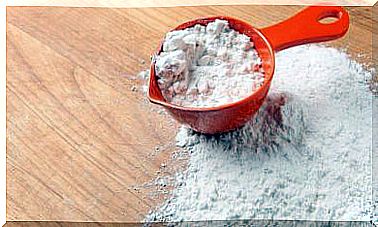How Is The Diagnosis Of ADHD In Children Made?
The diagnosis of ADHD in children involves a complex process that can only be developed in the hands of a professional specialized in pediatric neurology or child psychiatry.

Diagnosing ADHD in children is not something that can be done lightly. Although many parents identify symptoms in their children, it is essential to request an evaluation by a professional, who can be a psychiatrist, neuropediatrician or neurologist.
There is no single test to confirm this condition. For this reason, the expert is obliged to gather a series of information on the minor’s behavior in his family, school and social environment. You must also determine if there is another condition that may explain the symptoms or that occurs alongside ADHD.
Therefore, the process takes place long enough to get to know the child and his family. It also implies continuous examinations and controls. They take into account the criteria of the Diagnostic and Statistical Manual of Mental Disorders (DSM-5).
What is ADHD?
ADHD stands for Attention Deficit Hyperactivity Disorder. It is one of the most common neurobiological diseases in childhood and is characterized by causing inattention, hyperactivity and impulsive behaviors.
It often leads to school performance problems for the child and also affects their ability to have personal relationships. However, due to its complexity, establishing its diagnosis is complex and time consuming.
At what age is the diagnosis of ADHD in children made?

The American Academy of Pediatrics (AAP) offers diagnostic guidelines for ADHD that apply to children between the ages of 4 and 18. However, in most cases the diagnosis is established after 7 years.
Although there are symptoms of ADHD from a little before the age of 4, there are psychomastic factors of great variability among children that must be considered. Therefore, as soon as they are detected, it is best to monitor both their behaviors and the environment.
How is the process of diagnosing ADHD in children?
The diagnosis of ADHD in children usually begins when the child has attention and learning problems in school. Both teachers and parents note a series of behaviors that they consider a reason for professional consultation.
Ideally, go to a doctor who specializes in ADHD or has extensive experience in diagnosing and monitoring this problem. In summary, the diagnostic process is based on the following tests:
Complete psychiatric medical history
An individual medical history or a pediatric history model agreed in advance by the team of specialists in charge, such as neuropaediatricians or psychiatrists, can be used.
Complete clinical and psychosocial evaluation
It includes the analysis of the child’s behavior in the different areas of his life: family, school, social, etc.
Furthermore, a detailed history on the possible psychopathological antecedents of the parents and close relatives is also taken into account .
Psychological evaluation
In a psychological evaluation psychological tests are included (for example a free drawing or of the family). In addition, other neuropsychological tests that are considered relevant are also used. However, it should be clarified that these are not a substitute for clinical examinations, but rather support them.
Criteria that are taken into account for the diagnosis of ADHD

Psychiatrists and case managers use the guidelines in the American Psychiatric Association’s Diagnostic and Statistical Manual (DSM-5) fifth edition. In this way they guarantee a correct diagnosis and treatment of children with ADHD. Some of the most important criteria are:
- More than 6 symptoms of inattention for children up to 16 years of age, or 5 for adolescents 17 and older.
- Symptoms of inattention have been present for at least 6 months.
- The attention deficit is inappropriate for the level of development of the child or adolescent.
- More than 6 symptoms of hyperactivity in children up to 16 years of age, or 5 in adolescents of 17 years.
- Several of the symptoms appear before the child is 12 years old.
- Symptoms occur in 2 or more contexts of the child’s life (school, home, social situations).
- Inattention and hyperactivity significantly affect a child’s ability to carry out activities of their daily life.
Conclusions
There is no medical or radiological test to confirm the diagnosis of ADHD in children. Although multiple medical examinations may be suggested in the process, in general, a careful assessment of the child’s behaviors in all settings must be made.
Interviews with parents, teachers, and close people can help to recognize symptoms. However, it takes a prudent time to determine if they are caused by ADHD or other mental disorders. It is necessary to make a constant reevaluation of the child’s situation, since both his diagnosis and the control measures can change as his evolutionary development occurs.







